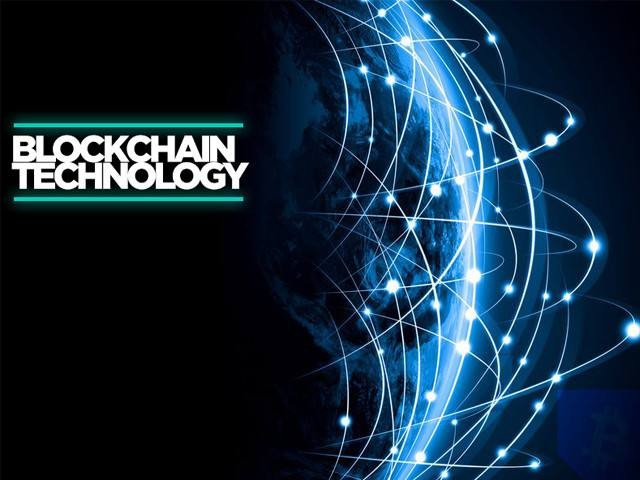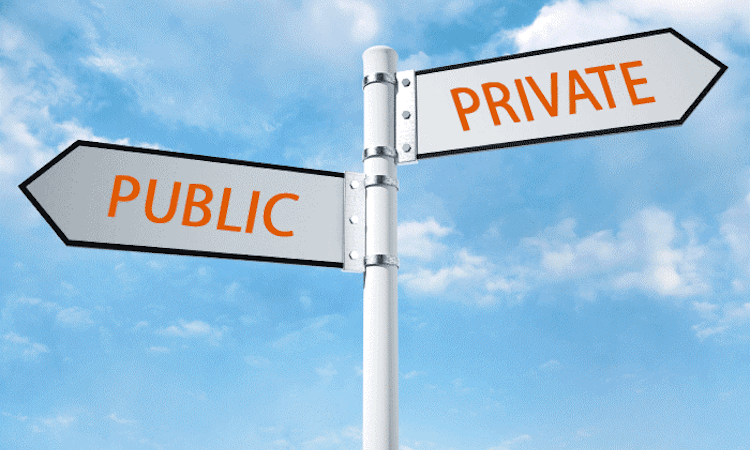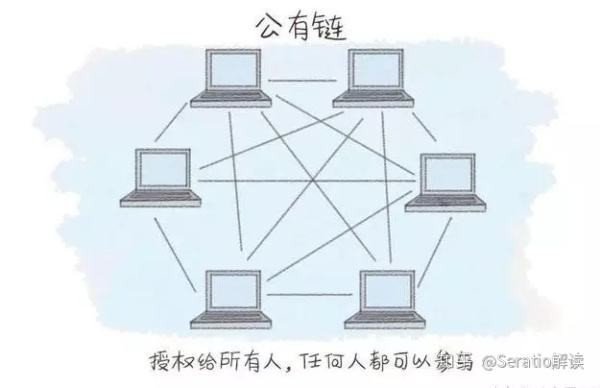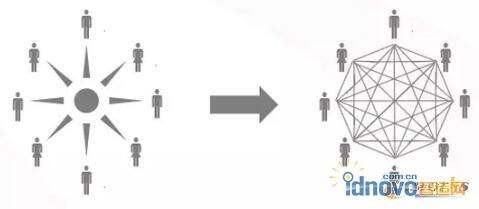What is the development direction of the "public chain system" in block chain technology?
The birth of block chain marks the beginning of the construction of a truly trustworthy Internet. A block chain is essentially a distributed database that records all transaction or digital events. It can also be considered a public book that can be accessed and recorded by all participants.
Block chain can establish reliable trust between point and point in network, make the process of value transfer remove the interference of intermediary, both open information and protect privacy, both make joint decision and protect individual rights and interests. The internal mechanism improves the efficiency of value interaction and reduces the cost. It has a broad application prospect. This disruptive technology contains huge opportunities, and a revolution triggered by it has just begun.

Block chain technology is currently divided into Public blockchains, community block chain (Consortium blockchains) and complete private block chain (Fully private blockchains).
Compared to the other two block chains, the public block chain has the following advantages:
- protect users from the impact of developers
In the public block chain, program developers have no right to interfere with users, so block chains can protect users who use the programs they develop. From a naive perspective, it's hard to understand why program developers are willing to give up their rights. However, the more advanced economic analysis provides two reasons for this: borrowing Thomas Schelling's discourse, compromise is a force.

First, if you choose to do something that is difficult or impossible, others will be more likely to trust you and interact with you because they are confident that those things are not likely to happen to them.
Second, if you are forced by someone or other external factors that you can't do what you want to do, you can say, "even if I think, I don't have the power to do it" as a bargaining chip, so that you can dissuade each other from forcing you to do something unwillingly. The main pressure or risk that the programmers are facing is mainly from the government, so the "review resistance" is the biggest advantage of the public block chain.
- network effect
The public block chain is open, so it may be used by many outside users and produce certain network effects. Let's take a specific example, take domain name hosting.
If A wants to sell B a domain name, there is a risk problem that needs to be solved: maybe A sells the domain name, but B does not give it money; or B gives it to money, but A has not sold the domain name. To solve this problem, we need to set up a centralization trust agency, but we must pay three to six percentage points.
However, if we have a domain name system on the block chain and use the currency of this block chain, we can establish an intelligent contract with a transaction cost as low as 0: A sells the domain name to the system, the system immediately sells the domain name to the person who pays the funds first, and because the system is based on the public block chain. You have to trust.
But note that in order to make the transaction more efficient, it is impossible to place completely different assets from a completely different industry on the same public database - in a private block chain.

The same example can be land registration and property insurance, but attention should be given to the use of a private block chain that can be verified by a public block chain so that a transaction can be completed through a cross chain.
The main applications of the public chain are the bitcoin, the ether workshop, the super book (Hyperledger) and most of the competitive currency, all of which are accessible to everyone, as long as there is a computer connected to the Internet.
BTC, ETH, EOS, and Ulord are one of the common chains. It provides a content distribution public chain based on block chain technology, and creates a complete ecology for content distribution through some creative work, where people can create a variety of content - based de - centralization applications, such as video, music, pictures, text, code, anime material, etc. BTC, ETH, EOS and Ulord are the value transfer public chain of point to point. By building up the bottom chain structure and digital resource distribution protocol, third party developers build their own applications on the open source agreement, and together with many industry partners to form a complete ecology of block chain technology and application.

Based on the various rules and protocols created by the BTC, ETH, EOS, Ulord and other public block chains, it is grafted with various digital resource applications, including text, pictures, music, video, software and so on, to provide direct docking platform for the information creator and the consumer. Third party developers can issue tokens, build their own economic systems, and create various applications around BTC, ETH, EOS, and Ulord, and use Token (pass or token) in BTC, ETH, EOS, Ulord and other public block chains as credentials.
For example, the experience sharing platform can be built on the Ulord, the experience sharing will be priced, the person who gets the experience information is traded on the platform, and the expenses for the experience sharing will come to the account immediately; the product promoters can publish the advertisement on the public block chain such as BTC, ETH, EOS, Ulord and so on. To make pricing, people who are interested in clicking ads can gain a certain profit; the makers of 3D animation can build sites on the BTC, ETH, EOS, Ulord and other public blocks, and sell their own anime materials, and people in demand pay for the material directly, and so on.
In the past, it is necessary to use the platform or other central institutions to carry out the mode of transmission profit, and to remove the intermediate link. The information provider and the consumer directly connect with the public block chain platform such as BTC, ETH, EOS and Ulord to ensure the maximization of the interests of the originators.

Based on the various rules and protocols created by the BTC, ETH, EOS, Ulord and other public block chains, it is grafted with various digital resource applications, including text, pictures, music, video, software and so on, to provide direct docking platform for the information creator and the consumer. Third party developers can issue tokens, build their own economic systems, and create various applications around BTC, ETH, EOS, and Ulord, and use Token (pass or token) in BTC, ETH, EOS, Ulord and other public block chains as credentials.
For example, the experience sharing platform can be built on the Ulord, the experience sharing will be priced, the person who gets the experience information is traded on the platform, and the expenses for the experience sharing will come to the account immediately; the product promoters can publish the advertisement on the public block chain such as BTC, ETH, EOS, Ulord and so on. To make pricing, people who are interested in clicking ads can gain a certain profit; the makers of 3D animation can build sites on the BTC, ETH, EOS, Ulord and other public blocks, and sell their own anime materials, and people in demand pay for the material directly, and so on.
In the past, it is necessary to use the platform or other central institutions to carry out the mode of transmission profit, and to remove the intermediate link. The information provider and the consumer directly connect with the public block chain platform such as BTC, ETH, EOS and Ulord to ensure the maximization of the interests of the originators.

The public block chain architecture of BTC, ETH, EOS and Ulord consists of the public block chain platform and the original chain of the public block chain. The public block chain platform is the P2P data service, including data transmission, data distribution, data storage, data index, billing model, propagation model, Gas model and payment system, etc., BTC, ETH. The original chain, such as EOS and Ulord, is the infrastructure of block chain. It provides services such as bookkeeping, domain name and main node for the public block chain platform of BTC, ETH, EOS and Ulord, so as to ensure the stable and orderly backbone of the whole backbone network.
Of course, in the financial industry, supply chain management and Internet of things, medical, military, government affairs and so on, it is also a very important application direction of the public chain. All of the above mentioned public chain applications belong to the application of intellectual property protection.